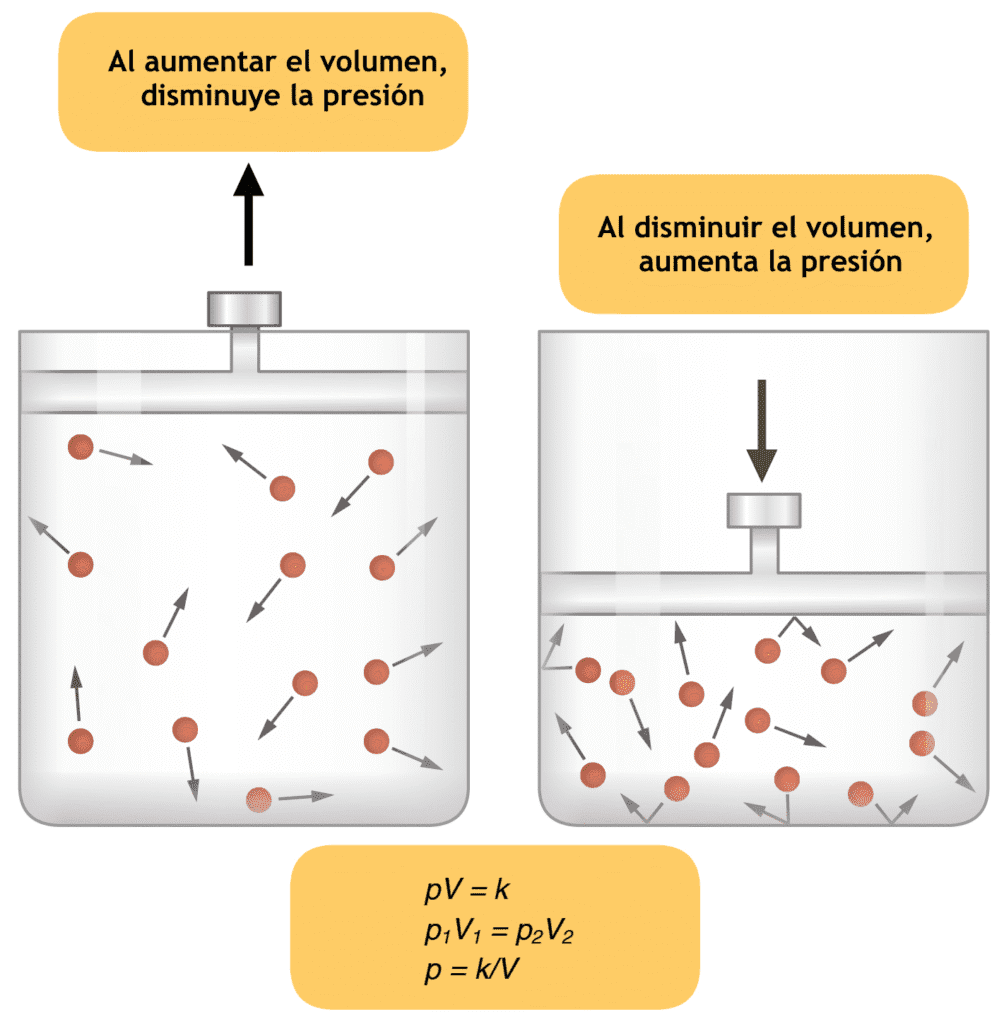
Some of the Sevoflurane respiratory effects include that there is no irritation to the airway, least among inhalation agents, this makes it suitable for inhalational induction, the low blood/gas solubility aids faster induction.
Sevoflurane respiratory effects include respiratory depression, reduces minute ventilation, tidal volume and ventilatory response to CO2. Sevoflurane abolishes hypoxic pulmonary vasoconstriction in a dose-dependent manner.
It is a bronchodilator and reduces vagal-induced bronchoconstriction.
You can read the following in Miller’s Anesthesia about sevoflurane respiratory effects –
Halothane, isoflurane and sevoflurane have all been shown to relax the upper airway musculature. Inhibition of upper airway muscle activity by isoflurane was independent of dose, and even subanesthetic concentrations totally abolished genioglossus activity.
In contrast, sevoflurane-induced changes in upper airway caliber was dose-dependent in children and primarily occurred in an anterior-posterior dimension.
In addition to these direct effects of sevoflurane on airway musculature, sevoflurane may also increase upper airway resistance by reducing lung volumes (which causes rostral tracheal displacement) or by increasing pharyngeal constrictor muscle activity.
Interestingly, whereas propofol predominantly caused narrowing in the hypopharynx at the level of the epiglottis, sevoflurane more profoundly reduced airway caliber at the level of the soft palate.
Respiratory premotor neurons are inhibited by the effects of volatile anesthetics through enhancement of GABAergic inhibitory activity and simultaneous depression of excitatory glutaminergic mechanisms.

